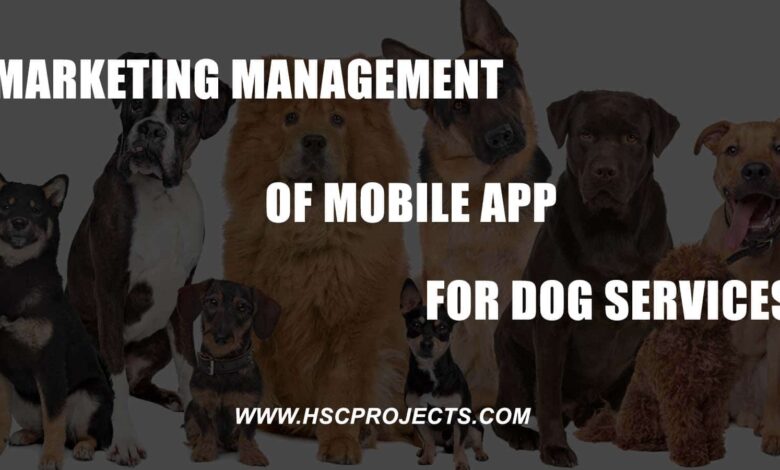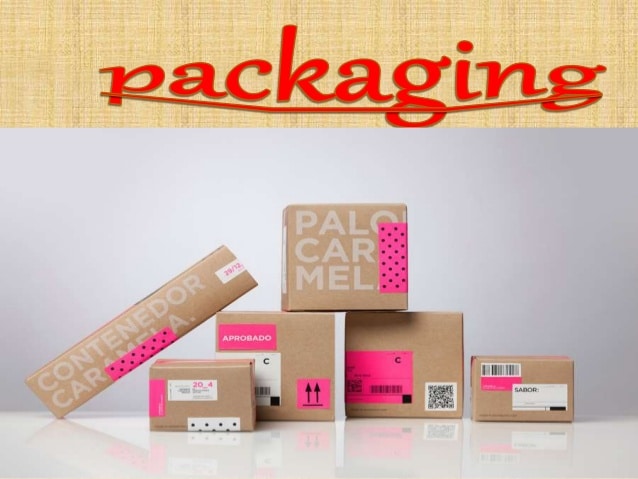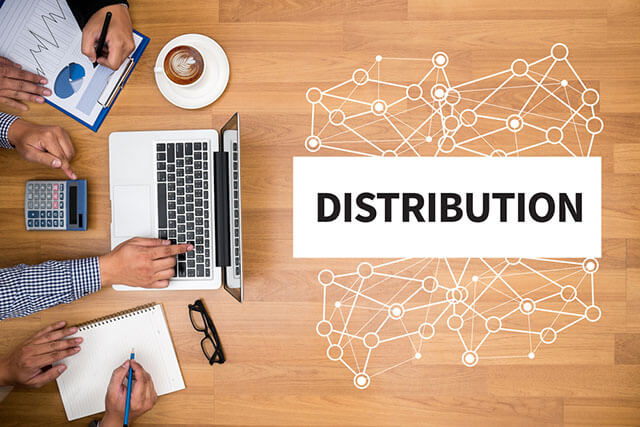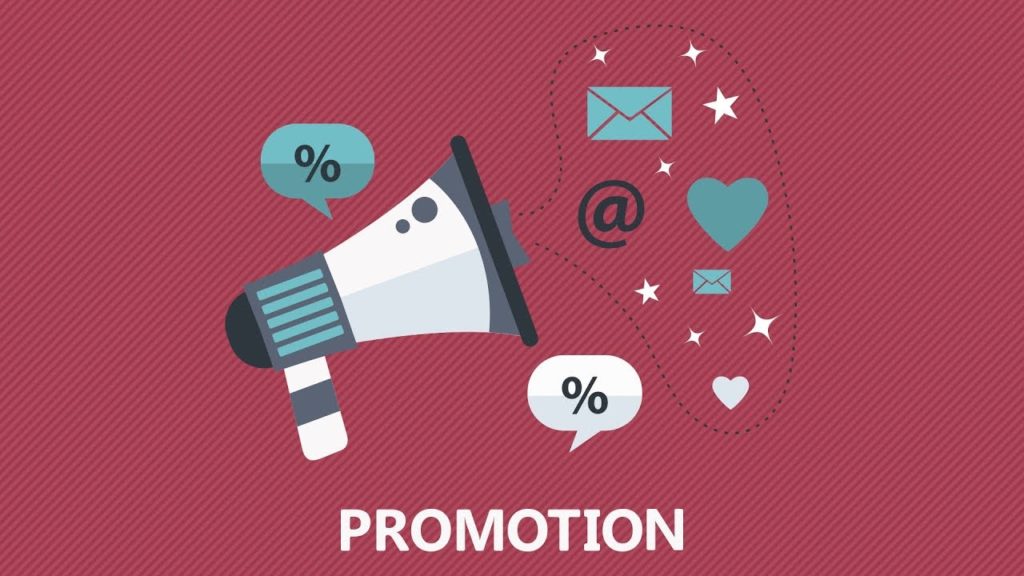
Marketing Management of Mobile App for Dog Services
WHAT IS MARKETING?
Traditionally marketing has been described in terms of its functions or activities. In this respect, marketing has been referred to as the performance of business activities that direct the flow of goods and services from producers to consumers. We know that most manufacturing firms do not produce goods for their consumption but for consumption or use by others. Therefore, to move the goods and services from producers to consumers, several activities such as product designing or merchandising, packaging, warehousing, transportation, branding, selling, advertising & pricing are required. All these activities are referred to as marketing activities. Thus, ‘merchandising’ ‘selling’ and ‘shopping’ are all part of a large number of activities undertaken by a firm, which are collectively called marketing. It may be noted here that marketing is not merely a post-production activity. It includes many activities that are performed even after the goods are produced and continue even after the goods have been sold. For example, activities such as identification of a customer need, collecting information for developing the product, designing a suitable product package, and giving it a brand name are performed before the commencement of the actual production.
MARKETING MANAGEMENT:
Marketing management means management of the marketing function. In other words, marketing management refers to planning, organizing, directing, and control of the activities which facilitate the exchange of goods & services between producers and consumers or users of products and services, thus the focus of marketing management is on achieving desired exchange outcomes with the target markets, taking a management perspective, the term marketing has been defined as “the process of planning and executing the conception, pricing, promotion and distribution of ideas, goods & services to create exchanges that satisfy individual and organizational goals” by American Management Association, Similarly, Philip Kotler has defined Marketing management as the art and science of choosing target markets and getting, keeping and growing customers through creating, delivering and communicating superior customer values of management.
MARKETING MIX:

The combination of variables chosen by a firm to prepare its market offering is also called the marketing mix. Thus, the marketing mix is described as the set of marketing tools that a firm uses to pursue its marketing objectives in a target market.
Elements Of Marketing Management:
Product:
Product means goods or services or ‘anything of value,’ which is offered to the market for exchange. The concept of a product relates to not only the physical product but also the benefits offered by it from the customer’s viewpoint (for example toothpaste is bought for whitening teeth, strengthening gums, etc). The concept of the product also includes the extended product or what is offered to the customers by way of after-sales services handling complaints availability of spare parts etc. these aspects are very important, particularly in the marketing of consumer durable products (like Automobiles, refrigerators, etc.) the important product decisions include deciding about the features, quantity, packaging, labeling and branding of the products.
Price:
Price is the number of money customers has to pay to obtain the product. In the case of most of the products, the level of price affects the level of their demand. The marketers have not only to decide about the objectives of price setting but to analyze the factors determining the price and fix a price for the firm’s products. Decisions have also to be taken in respect of discounts to the customers, perceive the price to be in line with the value of the products.
Place:
Place or physical distribution includes activities that make the firm’s products available to the target customers, providing support to the intermediaries (by way of discounts, promotional campaigns, etc). the intermediaries, in turn, keep an inventory of the firm’s products, demonstrate them to potential buyers, negotiate the price with buyers, close sales and also service the products after the sale. The other decision areas are relative to managing inventory storage and warehousing and transportation of goods from the place it is produced to the place it is required by the buyers.
Promotion:
Promotion of products and services includes activities that communicate the availability, features, merits, etc. of the products to the target customers and persuade them to buy them. Most marketing organizations, undertake various promotional activities and spend a substantial amount of money on the promotion of their goods by using several tools such as advertising, personal selling, and sales promotion techniques (like price discounts, free samples, etc.). a large number of decisions are to be taken in each of the are specified above. For example, in the respect of advertising, it is important to decide about the message.
PRODUCT MIX:
In marketing, the product is a mixture of tangible and intangible attributes, which are capable of being exchanged for value, with the ability to satisfy customers’ needs. Besides physical objects, we also include services, ideas, persons, and places in the concept of the product. Thus, the product may be defined as anything that can be offered to a market to satisfy a want or need product mix is the combination of all the products offered for exchange by a company.
The important product decisions include the features, quality, packaging, labeling, and branding of the products.
ABOUT MY SERVICE:
Brand Name:
PAWISITIVE
Tagline:
FUR, FINER, FINEST
USP:
- First mover advantage
- A huge platform for all services
- User friendly
- Single platform for all your dog’s need
Services Available:
- Veterinarians / hospitals
- Food shops
- Salons
- Spas
- Day boarding
- Play area
- Swimming pools
- Shops for accessories, toys
- Dogs sitters, trainee dog walkers
- Party planners, bakers, etc.
WHY DID I SELECT THIS SERVICE?
The dog is like a family member & hence it is not surprising that it needs as much care and attention as any other member of the family.
This service assists the pet parent to take better care of their furry friends. This service tries to fulfill all the possible needs of a dog. The app enables one to take for dogs, salons and grooming spas, daycare & boarding for dogs, a play area as well as a swimming pool! it is a single platform whereby just one click you can look for anything relating to dogs. You can even shop for dog accessories furniture toys etc. with best-in-class services. You can also find dog sitters, dog walkers, trainers, etc. plan your entire day with your buddy by selecting various places to go and have fun.
Features Of My Product:
- One-stop for all needs of dogs
- Pick up and drop service available
- Allows people to register for caretaking, walking dogs, etc.
- One of its kind
- Wide range of local and international products
- User-friendly application
- Choose from a wide range of services
BRANDING:
The process of giving a name or a sign or a symbol etc. to a product is called branding.
Brand Name:
The part of a brand, which can be spoken is called a brand name. it other words, the brand name is the verbal component of a brand.
Tagline:
A tagline is a short memorable description that communicates the brand message.
Considerations While Choosing A Brand Name:
- The brand names should be short, easy to pronounce, spell, recognize and remember e.g, Ponds, VIP, Rin, Vim, etc.
- A brand should suggest the product’s benefits and qualities. It should be appropriate to the product’s function e.g, Rasika, genteel, promise, My fair lady, and boost.
- A brand name should be distinctive.
- The brand name should be adaptable to packing or labeling requirements, different advertising media, and different languages.
- The brand should be sufficiently versatile to accommodate new products, which are added to the product line e.g., Maggie, Colgate.
- It should be capable of being registered and protected legally.
- The chosen name should have staying power i.e., it should not get out of date.
LOGO OF A PRODUCT:
A Logo is a combination of tent and visual imaginary that serves two purposes. It tells people the name of the company and it creates a visual symbol that represents your business. Some loges have powerful symbolic associations connected to people’s memory.
Importance of Logo:
- Reveals your identity
- Distinguishes you from the competition.
- Facilitates brand loyalty
- Can be everywhere
- Invites new customers to get to know you.
COMPETITORS:
No such mobile application has been launched to date that provides services to pamper and take care of pet dogs. This will be a completely new product for the market, giving its users a very convenient option to take care of their pets with just a few clicks. This way, the product will gain the first mover’s advantage since its competitors haven’t yet been established in the market.
First Mover Advantage:
A first mover is a service or product that gains a competitive advantage by being the first to market with a product or service. Being first typically enables a company to establish strong brand recognition and customer loyalty before competitors enter the arena. Other advantages include additional time to perfect its product or service and setting the market price for the new item.
First movers in an industry are almost always followed by competitors that attempt to capitalize on the first mover’s success and gain market share. Most often, the first mover’s success gains market share and a solid enough customer base that it maintains the majority of the market.
PACKAGING:

Packaging refers to the act of designing and producing the container or wrapper of a product. Levels of packaging. They are as below :
Primary Package:
It refers to the product & immediate containers. In some cases, the primary package is kept till the consumer is ready to use the product (e.g., a plastic packet for socks); whereas in another case, it is kept throughout the entire life of the product ( e.g., a toothpaste, tube, a matchbox, etc.).
Secondary Packaging:
It refers to additional layers of protection that are kept till the product is ready for use, e.g., a tube of shaving cream usually comes in a cardboard box when consumers start using the shaving cream, they will dispose of the box but retain the primary tube.
Transportation Packaging:
It refers to further packaging components necessary for storage, identification, or transportation. For example, a toothpaste manufacturer may send the goods to retailers in corrugated boxes containing 10, 20, or 100 units.
LABELLING:
The display of information about a product on its container, packaging, or the product itself is known as labeling. For several types of consumers and industrial products, the type and extent of information that must be imported by a label are governed by the relevant safety and shipping views :
Six Qualities Of A Label Design:
- The Right Material
- Colors that POP
- Great Graphics
- Supershape
- Fabulous Finish
- Readable, Eye-catching Fonts
CHANNELS OF DISTRIBUTION:

The distribution channel is a chain of business or intermediaries through which a good or service passes until it reaches the end consumers. It can include wholesalers, retailers, distribution, and even the internet itself. Channels are broken into direct and indirect forms, with a “direct” channel allowing the consumer to buy the good from a wholesaler or retailer.
PRICING:

Money paid for the services such as fare for the transport service, premium for an insurance policy, and fee to a doctor for his medical advice represent the price of these services. Price may therefore be defined as the amount of money paid by a buyer (or received by a seller) in consideration of the purchase of a product or service.
Factors Affecting Price Determination:
Product Cost:
This includes the cost of producing, distributing, and selling the product. The cost sets the minimum level or the floor price at which the product may be sold. Generally, all marketing firms strive to cover all their costs, at least in the long run. Also, they aim at earning a margin of profit over and above the costs
The Utility & Demand:
While the product costs set the lower limits of the price, the utility provided by the product and the intensity of demand of the buyer set the upper limit of price, which a buyer would be prepared to pay. The price must reflect the interest of both the parties to the transaction the buyer and the seller. The buyer may be ready to pay up to the point where the utility from the product is at least equal to the sacrifice made in terms of the price paid.
Extent Of Competition In The Market:
between the lower limit and upper limit where would the price settle down? this is affected by the nature and the degree of competition. The price will tend to reach the upper limit-in case there is a lesser degree of competition, the price will tend to be set at the lowest level. Competitors’ prices and their anticipated reactions must be considered before fixing the price, but the quality and the features of the competitive products must be examined carefully before fixing the price.
Government & Legal Regulations:
To protect the interest of the public against unfair practices in the field of price-fixing, the government can intervene and regulate the price of commodities. The government can declare a product as an essential product and regulate its price.
Pricing Objective:
Pricing objectives are another important factor affecting the fixation of the price of a product a service. Generally, the objective is started to maximize profits. But there is a difference between maximizing profit in the short run and the long run, if the firm decides to maximize profit in the short run, it would tend to change and maximize the price of its products.
Apart from profit maximization, the pricing objectives of a firm may include:
- Obtaining Market Share Leadership:
If a firm is to obtain a larger share of the market; it will keep the price of its products at a lower level so that a greater number of people are attracted to purchase the products ;
2. Surviving In a Competitive Market:
If a firm is facing difficulties in surviving in the market because of intense competition or the introduction of a more efficient substitute by competitors, it may resort to discounting its products or running a promotion campaign to liquidate its stock; and.
3. Attaining Product Quality Leadership:
In this case, normally higher prices are charged to cover high quality and high cost of researched development. Thus the price of firm products and services is affected by the pricing objective of the firm.
Marketing Methods Used:
The price fixation process is also affected by other elements of marketing such as distribution system, quality of salesmen employed, sales promotion efforts, the type of packaging product differentiation, credit facility, and customer services provided.
PROMOTION:

Promotion refers to communication usage with a twin objective of informing potential customers about a product and persuading them to buy it.
Promotion Mix:
Promotion mix refers to the combination of promotional tools used by an organization to achieve its communication objectives.
Various tools of communication of promotional are used by the market to inform and persuade the customers about their firm’s product.
These include :
- Advertising
- Personal selling
- Sales promotion
- publicity
Advertising:
It is an impersonal form of communication that is paid for by the marketers to promote some goods or services.
Personal Selling:
Personal selling involves an oral presentation of the message in the form of conversation with one or more prospective customers to make sales.
Sales Promotion:
Sales promotion refers to a short-term incentive that is designed to encourage the buyers to make immediate purchases of a product or service.
Publicity:
Publicity is a non-personal form of communication. It is a non-paid form of communication.
PROMOTION TECHNIQUES:
- Branding at prime locations in the form of hoardings.
- Events at schools and colleges will be organized.
- Young celebrity endorsements.
- Online promotion techniques like social media promotions, google & YouTube Ads will be used to promote the visibility of the application and to increase the rate of its downloads.
- Promo codes will be available for new users which will allow them to avail a few dog services for free, in the beginning.
SOCIAL RESPONSIBILITY:

- An adequate percentage of our profit will be donated to physically disabled people.
- Free grooming and healthcare services will be provided to street dogs.
- We will conduct campaigns to make people aware of the importance of taking care of dogs.
- Free packs of dog food will be distributed to feed the dogs that aren’t taken care of.
- Every year, in winter some of the street dogs will be given proper shelter to sleep.
- Every month. The free workshop will be conducted in residential areas to educate people about the food requirements, required nutrients, and other daily needs of the dogs.
CONCLUSION:
From this marketing research, I have understood the importance of the marketing mix. I have learned to take the decisions regarding the 4PS by making the following things too :
- Gathering information and analyzing the market.
- How to design a product.
- Branding, labeling, and packaging of the product.
- Pricing of product.
- Marketing and promotion of a product, etc.
BIBILOGRAPHY:
- Teachers
- CBSE
- Books
- Family
- Internet –
- https : //www.economic discussion.net/marketing-management/what-is-marketing-management/31788
- https : //www.investopedia.com/terms/m/marketing.asp
- https : //wwwpetbackers.in/s/dog-walking/new-Delhi-Delhi-India
- https : //en.m.wikipedia.org/wiki/Assistance_dog
- https : //en.m.wikipedia.org/dog-daycare.
CERTIFICATE:
This is to certify that class —of—-school, has completed his project under my school supervision. He has taken proper care and shown the utmost sincerity in the completion of this project. I certify that this project is up to my expectations and as per the guidelines issued by CBSE.
ACKNOWLEDGEMENT:
I would like to express my special thanks of gratitude to my teacher—well as our principal—who gave me the golden opportunity to do this wonderful project on the topic of Marketing Management which also helped me in doing a lot of research and I came to know about so many new things. I am thankful to them.
Secondly, I would also like to thank my parents and friends who helped me a lot in finalizing this project within the limited time frame.
DOWNLOAD PDF OF THE PROJECT

Password: hscprojects.com
In order to download the PDF, You must follow on Youtube. Once done, Click on Submit
Follow On YoutubeSubscribed? Click on Confirm
Download Marketing Management of Mobile App for Dog Services PDF






